Now I have a feeling this is going to be a “Marmite/Vegimite” of liveries. You are either going to love it, or hate it. But Fiji Airways rebranding gets a big thumbs up from TheDesignAir. When first mentioned on TheDesignAir we highlighted the fact that Fiji was going back to it’s roots with it’s new name. Taking to the skies in 2013, Fiji Airways have taken advantage of their new A330 fleet, replacing their ageing long haul 747 fleet. “We knew the exterior design needed to be just as distinctive, unique, and true to Fiji. Our mission was to create a proud symbol that would stand out at some of the world’s busiest international airports, a symbol that would allow us to become the very best ‘Flying Ambassador’ that Fiji could ever have,” said the airline’s CEO, David H. Pflieger Jr.
We would tend to agree. A more ‘heritage-bound’ national design using pacific tribal patterns and emblems show a proud heritage that will stand out at it’s international destination airports of Sydney, Auckland, Hong Kong and Los Angeles.
On the aircrafts’ exterior, three Masi motifs will represent ‘Fiji Airways’. The distinctive Teteva symbol designed by renowned Fijian Masi artist Makereta Matemosi, is at the heart of the new brandmark revealed last month. Featured prominently at the center of the airline’s new brandmark and on the tail of the new aircraft, it represents the friendliness of Fijians’ and their deep caring nature. The Rova motif, on the aircraft engine, symbolises the warm greeting Fijians extend to visitors, while the Makare motif, which appears around the border of the Teteva on the tail, evokes the allure of clear water flowing on a white sandy beach.
And it works. It appears as something still exotic, and whilst on a ‘Eurowhite fuselage’ it could have had the fate of many new liveries, and appear bland and simplistic, but it’s actually got a strong logotype, bold tailfin and interesting nacelles, that draw the eye all over the well balanced airframe. The logotype, whilst feeling like it could be a free typeface, still has character and modernity, and has steered clear the over used exotic ‘Papyrus’ treatment that the likes of mega-movie Avatar fell into.
The brand treatment is concise, and solid, and crosses from website, to aircraft to interior, with the press shots showing soft furnishings continuing the pacific print embellishing the tail fin.
Inside the aircraft, you are looking at international standard seating with the same product in Business Class as Virgin Australia and Singapore Airlines mid-haul routes, and the majority of the passengers in the plane sitting in economy class seating the same as Cathay Pacific, Virgin and Qantas. In seat Panasonic IFE and decent almost-flat business class seating lifts the whole product, and new uniforms, check in desks, lounges etc mean there is an exciting change ahead for this smaller but established airline.
We look forward to flying with them in the future, and can’t wait to see a bit more ‘exotic’ in the skies.
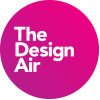
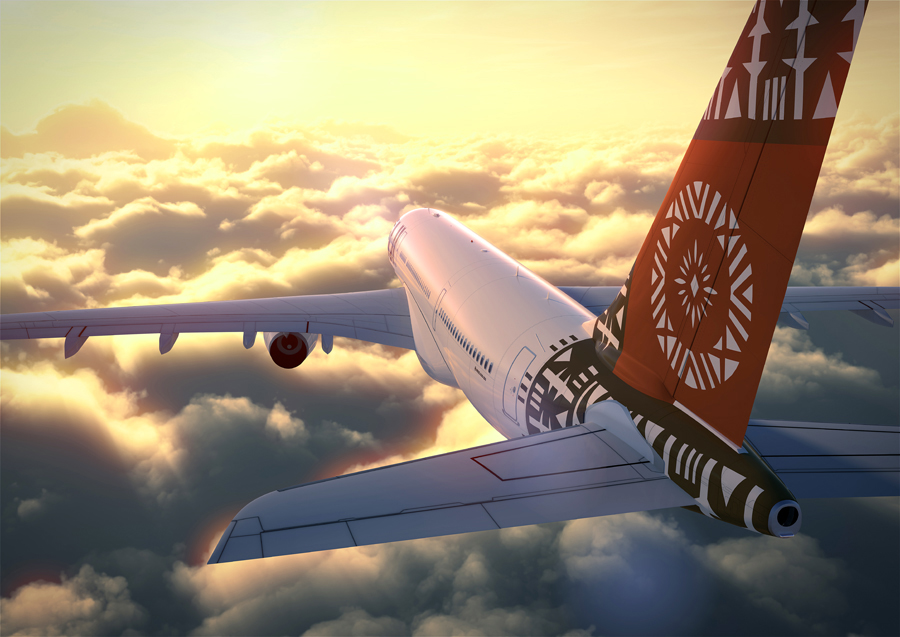










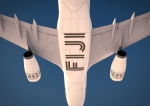


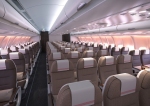

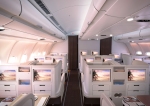



realy outstanding and marvelous design